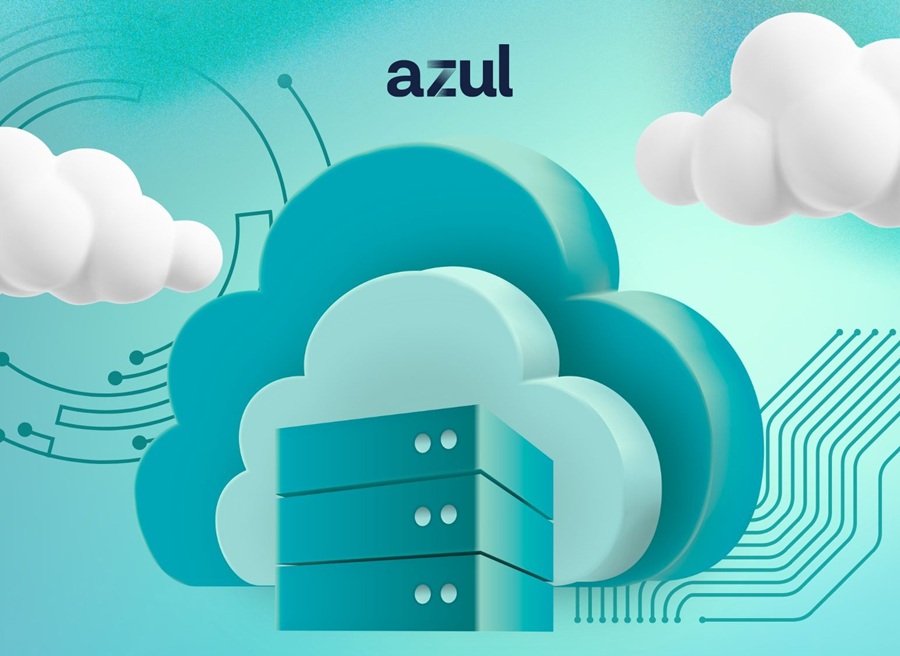
Middleware announced a new iteration of its full-stack cloud observability platform that helps developers monitor applications and infrastructure in real-time, boost operational efficiency, and minimize downtime.
The latest version provides complete control over telemetry data and costs, new monitoring capabilities, faster root cause analysis, and broader integration support.
"Developers no longer want outdated debugging systems. They seek faster, cost-effective, automated solutions, for monitoring distributed architectures with scalable and easy-to-learn real-time observability capabilities. Initially, our goal was to drive adoption by providing cost-effective, end-to-end observability. Now, we're making it easier for users to instrument services and start quickly, without a steep learning curve. Guided by customer insights, we're enhancing the UX to transform their journey," said Laduram Vishnoi, Founder and CEO, Middleware.
What's improved within Middleware:
- New UI/UX: Middleware now features a completely redesigned frontend, with over 300 refreshed screens, 100 customizable dashboards, new alerts on custom metrics, and a unified date picker.
- Auto Instrumentation: Middleware now supports auto instrumentation for applications written in Python, Node.js, Java, .NET, and Golang using the OpenTelemetry operator. This allows for distributed tracing with zero code changes and simplifies the instrumentation process.
- Datadog Agent Support: Developers can now send logs, metrics, and traces from Datadog agents directly to Middleware. This eliminates the need for new agents or configurations, making the transition to Middleware effortless.
- Status Page: Users can now create status pages and publish them to their websites. It allows for synthetic checks and incident management, providing a public-facing status page that displays the availability of services/products. Users can send notifications via Slack and email, keeping stakeholders informed during outages.
- Product Performance Monitoring within Real User Monitoring (RUM): Middleware's RUM now tracks core web vitals (FCP, LCP, FID, CLS) and extends to native iOS and Android apps, delivering insights on performance metrics and user interactions across mobile platforms.
- New Integrations: Middleware now supports AWS integration for collecting logs, metrics, and events from ECS, EC2, S3, RDS, Firehose, Lambda, and EBS, simplifying AWS monitoring with less complex configurations. Middleware can also ingest logs from Elastic Logstash, thereby replacing Elastic Search and Open Search.
- Log Patterns: This feature allows users to quickly identify logs with similar patterns, facilitating faster root cause analysis.
"We are committed to making our cloud-native observability platform more powerful, intuitive, and cost-effective by using OpenTelemetry, cloud object storage, and fast analytical query processing. We're introducing ingestion controls and pipelines for precise user control over telemetry data sent to Middleware. We'll also leverage AI to detect telemetry anomalies, suggest alerts, and enable querying using natural language," said Tejas Kokje, Head of Engineering at Middleware.
The Latest
IT and line-of-business teams are increasingly aligned in their efforts to close the data gap and drive greater collaboration to alleviate IT bottlenecks and offload growing demands on IT teams, according to The 2025 Automation Benchmark Report: Insights from IT Leaders on Enterprise Automation & the Future of AI-Driven Businesses from Jitterbit ...
A large majority (86%) of data management and AI decision makers cite protecting data privacy as a top concern, with 76% of respondents citing ROI on data privacy and AI initiatives across their organization, according to a new Harris Poll from Collibra ...
According to Gartner, Inc. the following six trends will shape the future of cloud over the next four years, ultimately resulting in new ways of working that are digital in nature and transformative in impact ...
2020 was the equivalent of a wedding with a top-shelf open bar. As businesses scrambled to adjust to remote work, digital transformation accelerated at breakneck speed. New software categories emerged overnight. Tech stacks ballooned with all sorts of SaaS apps solving ALL the problems — often with little oversight or long-term integration planning, and yes frequently a lot of duplicated functionality ... But now the music's faded. The lights are on. Everyone from the CIO to the CFO is checking the bill. Welcome to the Great SaaS Hangover ...
Regardless of OpenShift being a scalable and flexible software, it can be a pain to monitor since complete visibility into the underlying operations is not guaranteed ... To effectively monitor an OpenShift environment, IT administrators should focus on these five key elements and their associated metrics ...
An overwhelming majority of IT leaders (95%) believe the upcoming wave of AI-powered digital transformation is set to be the most impactful and intensive seen thus far, according to The Science of Productivity: AI, Adoption, And Employee Experience, a new report from Nexthink ...
Overall outage frequency and the general level of reported severity continue to decline, according to the Outage Analysis 2025 from Uptime Institute. However, cyber security incidents are on the rise and often have severe, lasting impacts ...
In March, New Relic published the State of Observability for Media and Entertainment Report to share insights, data, and analysis into the adoption and business value of observability across the media and entertainment industry. Here are six key takeaways from the report ...
Regardless of their scale, business decisions often take time, effort, and a lot of back-and-forth discussion to reach any sort of actionable conclusion ... Any means of streamlining this process and getting from complex problems to optimal solutions more efficiently and reliably is key. How can organizations optimize their decision-making to save time and reduce excess effort from those involved? ...
As enterprises accelerate their cloud adoption strategies, CIOs are routinely exceeding their cloud budgets — a concern that's about to face additional pressure from an unexpected direction: uncertainty over semiconductor tariffs. The CIO Cloud Trends Survey & Report from Azul reveals the extent continued cloud investment despite cost overruns, and how organizations are attempting to bring spending under control ...

